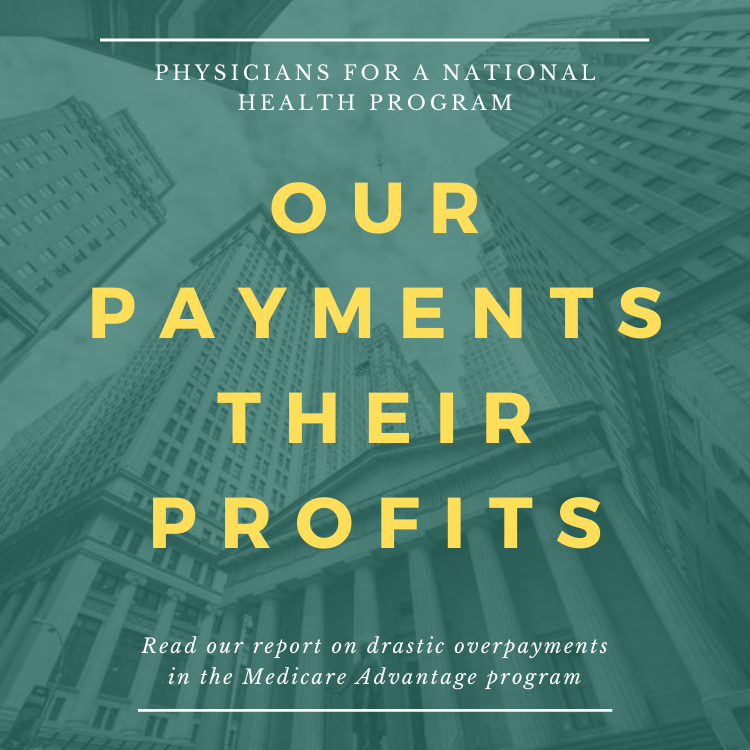The Trans Pacific Partnership Agreement and Pharmaceutical Regulation in Canada and Australia
By Joel Lexchin and Deborah Gleeson
International Journal of Health Services, August 11, 2016
Abstract
The Trans Pacific Partnership Agreement (TPP) is a large regional trade agreement involving 12 countries. It was signed in principle in February 2016 but has not yet been ratified in any of the participating countries. The TPP provisions place a range of constraints on how governments regulate the pharmaceutical sector and set prices for medicines. This article presents a prospective policy analysis of the possible effects of the TPP on these two points in Canada and Australia. Five chapters of relevance to pharmaceutical policy are analyzed: chapters on Technical Barriers to Trade (Chapter 8), Intellectual Property (Chapter 18), Investment (Chapter 9), Dispute Resolution (Chapter 28), and an annex of the chapter on Transparency and Anti-Corruption (Chapter 26, Annex 26-A). The article concludes that the TPP could have profound effects on the criteria these countries use to decide on drug safety and effectiveness, how new drugs are approved (or not) for marketing, post-market surveillance and inspection, the listing of drugs on public formularies, and how individual drugs are priced in the future. Furthermore, the TPP, if ratified and enforced, will reduce future policy flexibility to address the increasing challenge of rising drug prices.
From the Conclusion
The final text of the TPP Agreement holds significant possible risks for pharmaceutical regulation and access to affordable medicines in both Australia and Canada. For Australia, the final provisions related to biologic products in the intellectual property chapter are worryingly ambiguous and unclear. This ambiguity was intended to be constructive, but it may have unintended effects if the United States insists on a certain interpretation, in the event of a dispute, or if the provisions have a chilling effect on future regulatory reform to bring biosimilars to the market more speedily.
Aside from the biologics provisions, there are a number of other provisions in the intellectual property chapter that will lock in existing policy settings and could potentially frustrate future reform efforts to reduce pharmaceutical expenditure in both Australia and Canada. Adopting detailed, prescriptive policy settings negotiated in a fraught political context—largely out of the view of stakeholders and involving bargaining and trade-offs between the objectives of different sectors—does not amount to sensible health or intellectual property policy making, which is attuned to current and future domestic needs.
The TPP’s investment chapter, and in particular its investor-state dispute settlement mechanism, also bring new threats to the affordability of medicines. It is likely that multinational pharmaceutical companies will quickly take advantage of this new avenue, along with the provisions in Chapter 8 on the Technical Barriers to Trade, to contest and frustrate Australia’s and Canada’s pharmaceutical policy making.
It is also worth repeating that the U.S. pharmaceutical industry was not satisfied with the outcome of the TPP negotiations, especially with respect to the provisions on intellectual property rights. As a result, it is likely the industry will be very aggressive in pushing for the strictest interpretation of the various provisions of the TPP that relate to medications.
http://joh.sagepub.com/content/early/2016/08/10/0020731416662612.abstract
***
Comment:
By Don McCanne, M.D.
The Trans Pacific Partnership trade agreement (TPP) has raised concerns about giving private sector industries too much control over the public affairs of participating nations. In health care we are particularly concerned about the benefits that the agreement would provide to the pharmaceutical sector at a cost to the citizens of participating nations.
Some have suggested that adopting a single payer system would protect the United States since the government could negotiate as a monopsony to ensure availability and fair pricing of their products. But this article discusses the problems that Canada and Australia could face with ratification of TPP – problems that would not be prevented by their single payer systems.
In a previous post I had mentioned, as a typical concern, that the industry was successful in including in TPP the principle that they would be rewarded with the value that use of their products would provide to patients. Thus the drugs for hepatitis C that reduce morbidity and prolong life should command the high prices that they do simply because the pharmaceutical firms believe that they should have ownership of the benefit of their products transferred to them regardless of the fact that research, production and distribution costs may be a very small fraction of the prices they wish to command. It takes a lot of gall to support the concept that “I saved your life therefore I own the value of your life.”
Although both leading presidential candidates have stated their opposition to TPP, there is considerable pressure to ratify TPP during the lame duck session – an approach which is supported by President Obama. Also Hillary Clinton, overwhelmingly favored to win the election, has previously supported TPP and likely will not give more than token verbal opposition to ratification, allowing leeway for President Obama to orchestrate the process.
If TPP is ratified, it is likely that the U.S. pharmaceutical industry would “be very aggressive in pushing for the strictest interpretation of the various provisions of the TPP that relate to medications.” As this article indicates, that would be harmful to Canada and Australia plus other participating nations, but it would also be harmful to the people of the United States as well, sacrificing our health for the wealth of the drug industry investors.
More generally, just because the presidential candidates of the two major parties have expressed token opposition, we should not relax our efforts to inform the public that the TPP is designed to make the rich much richer at the cost of working families in participating nations.
